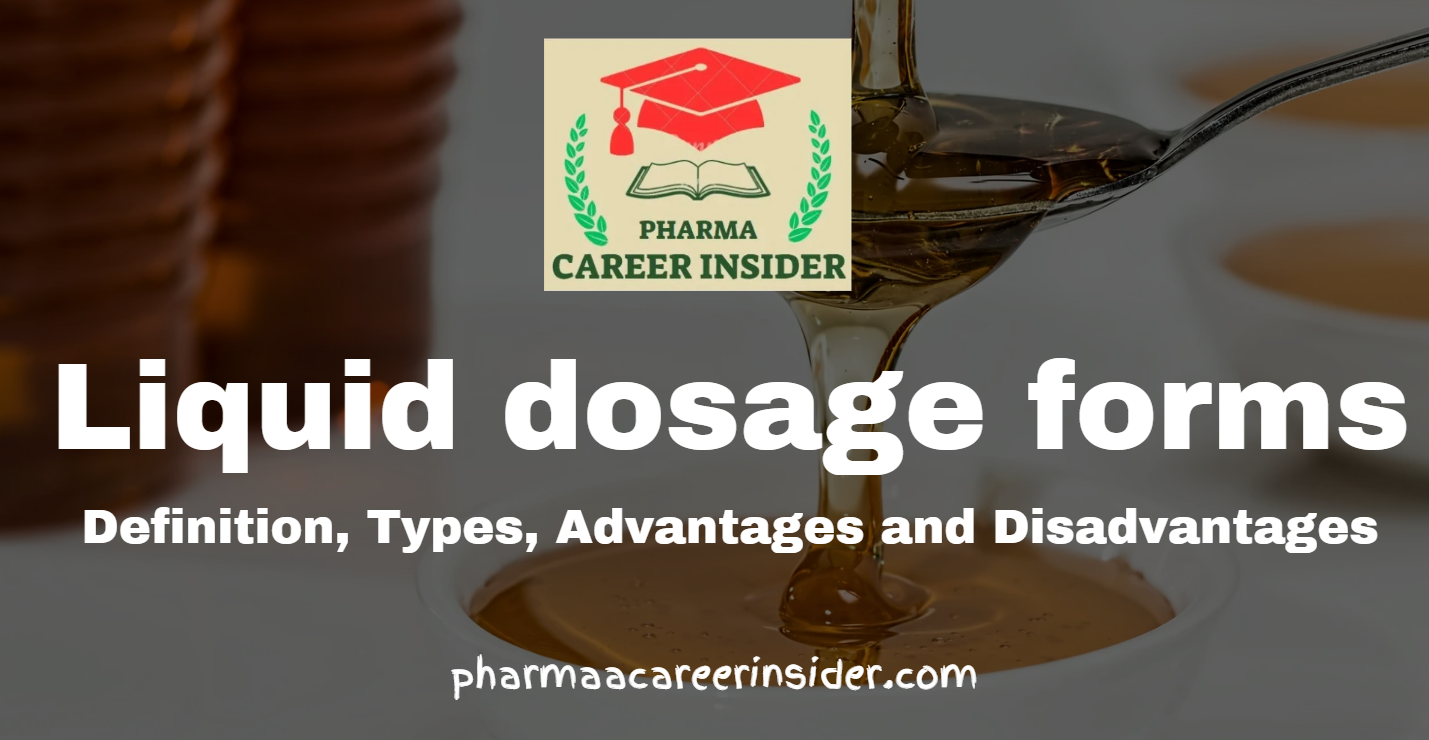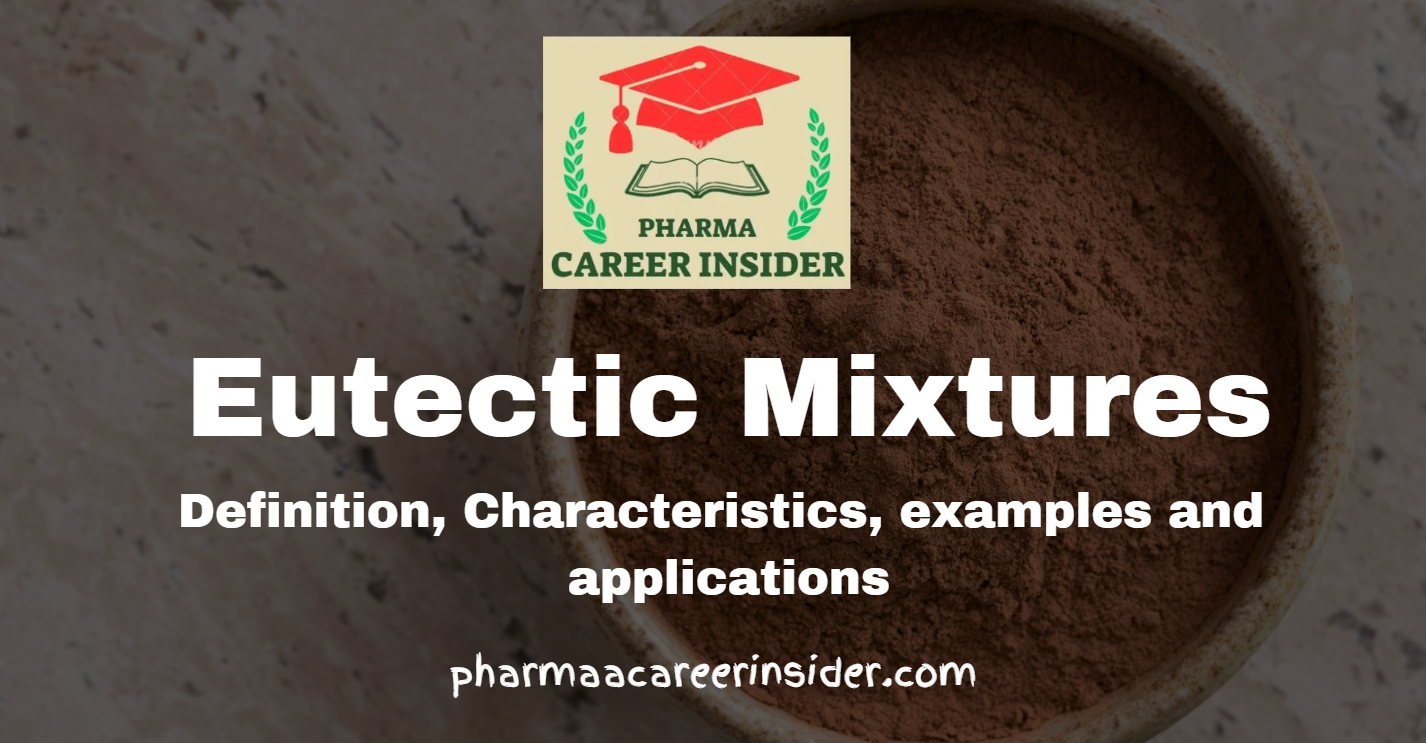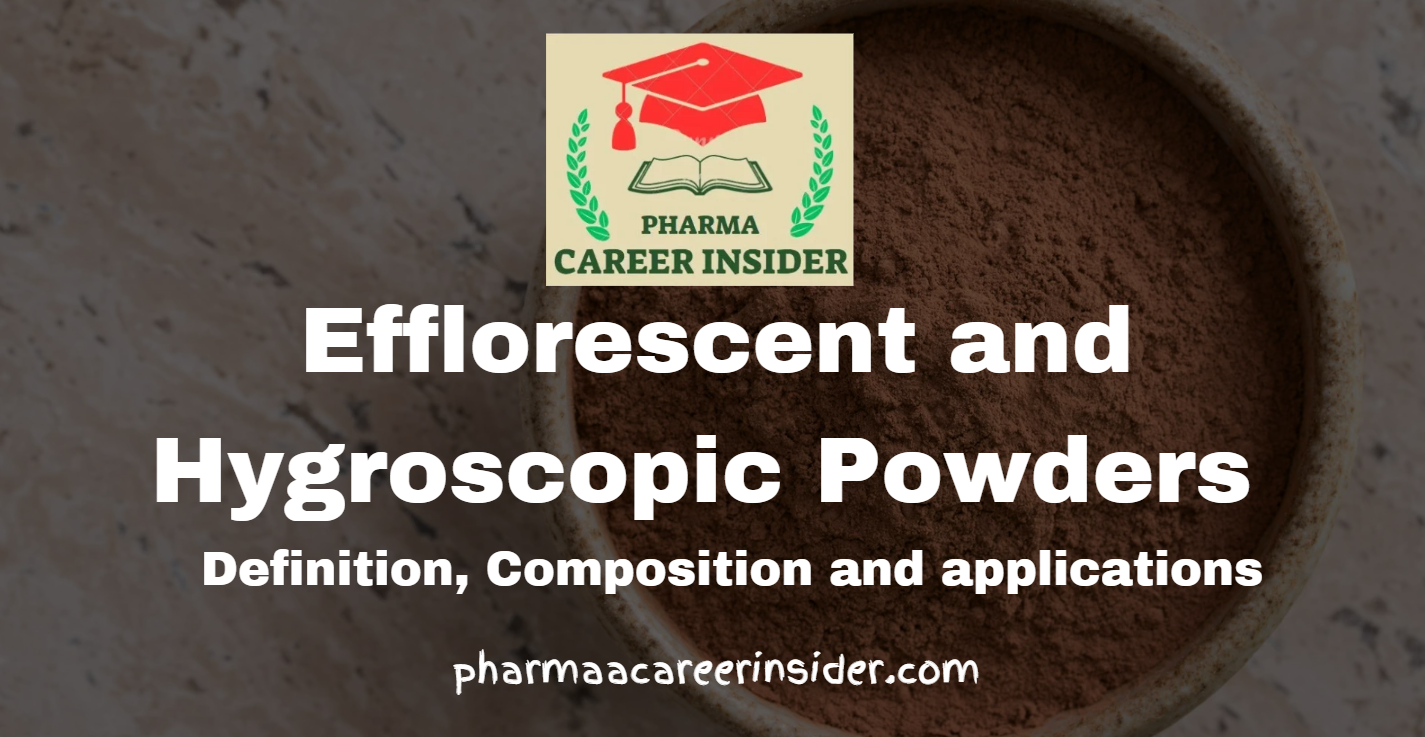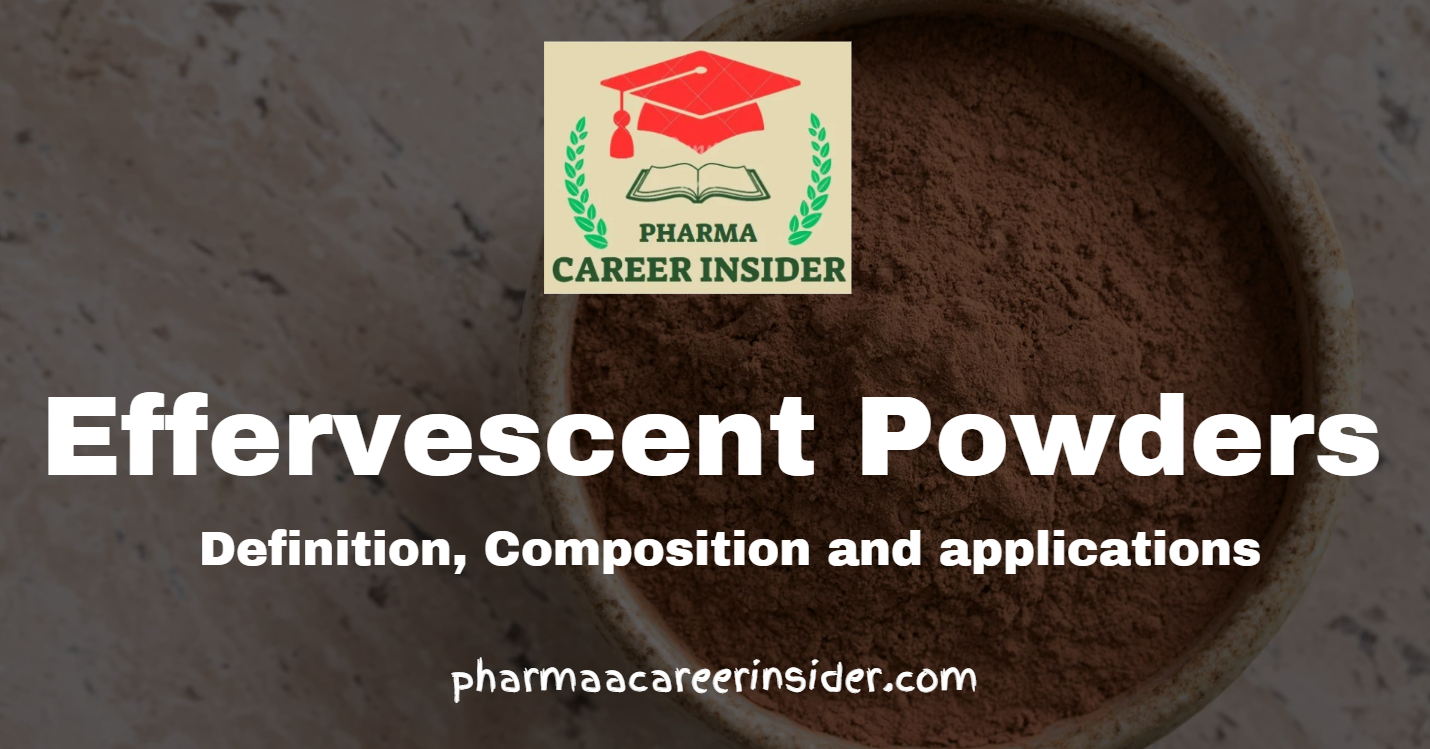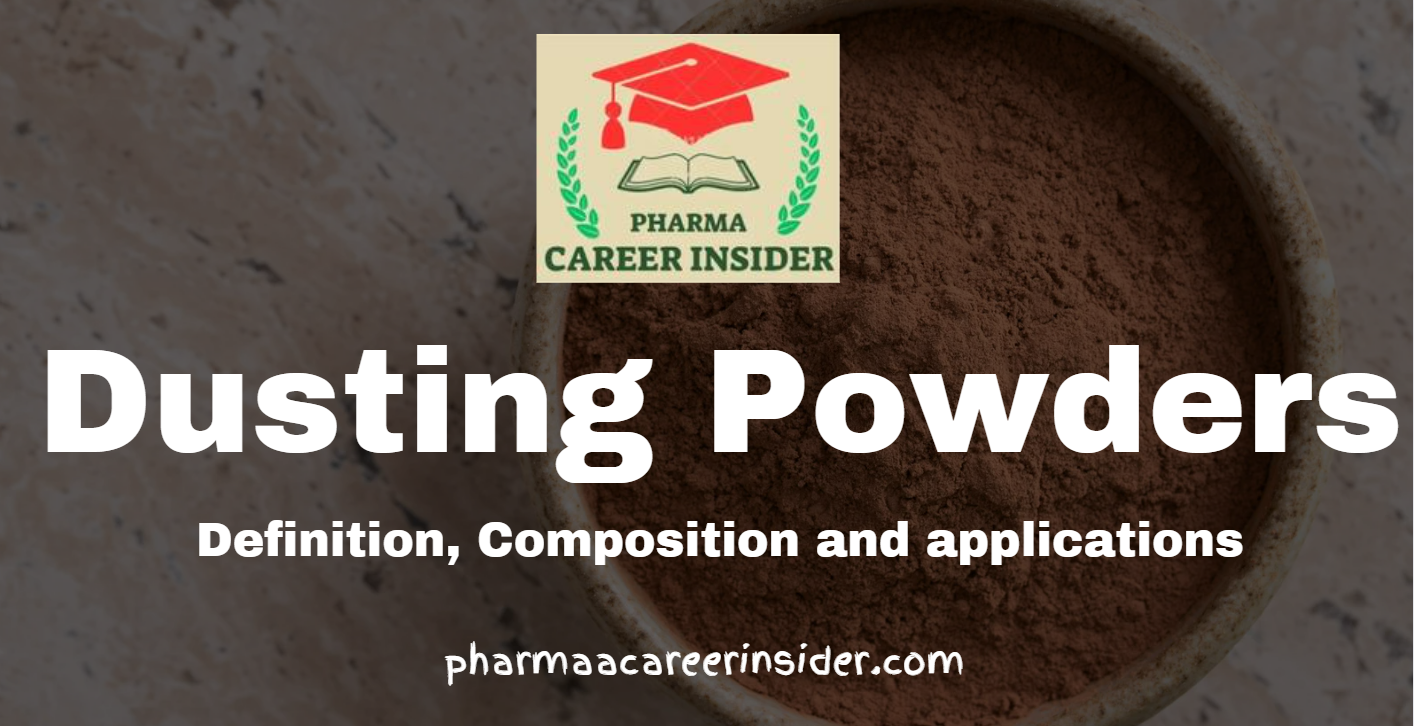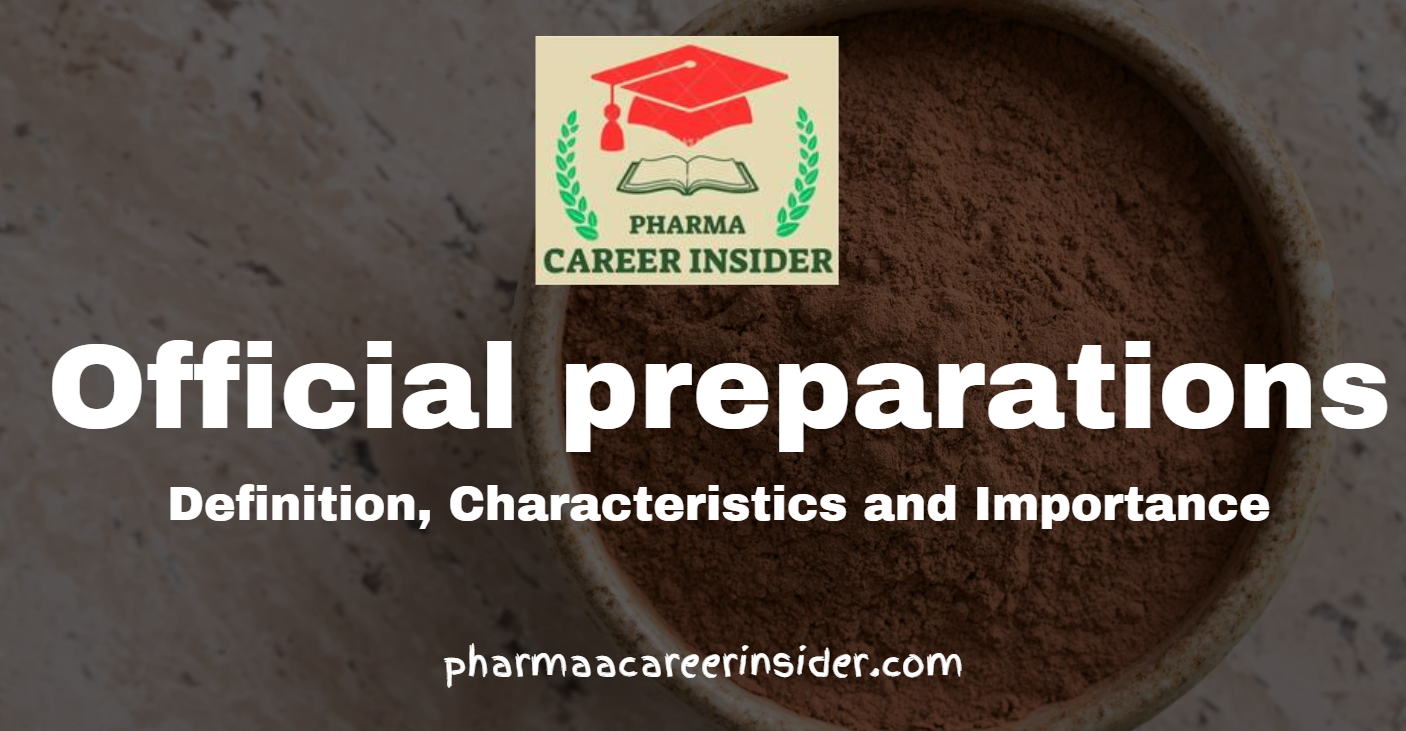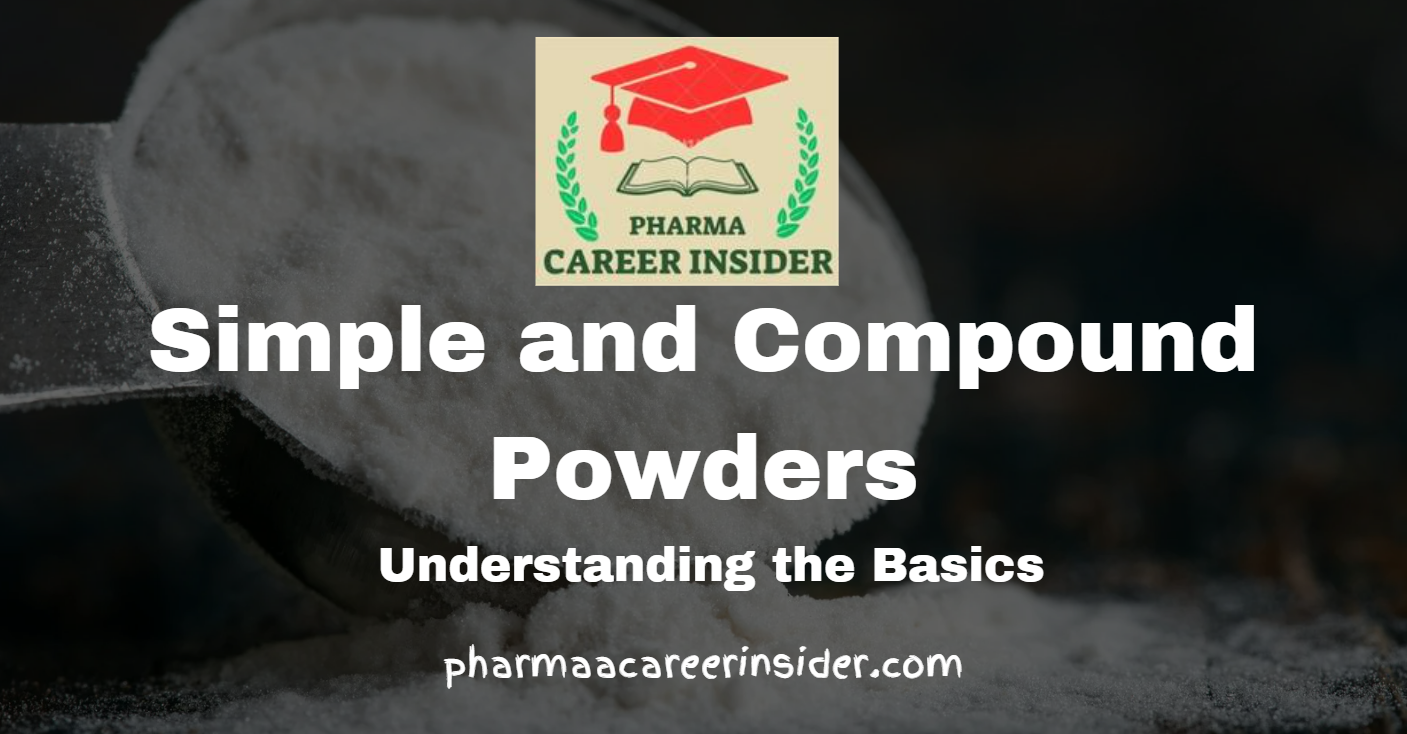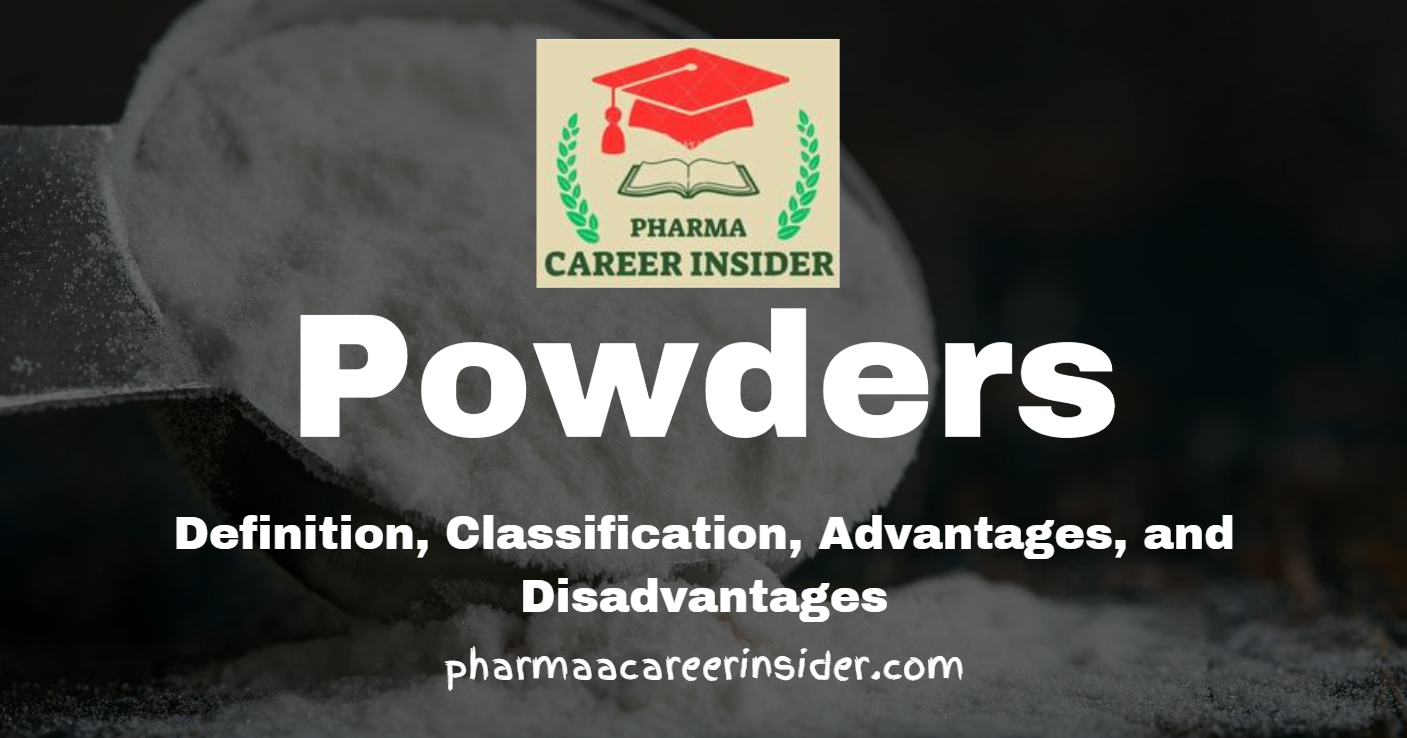Liquid dosage forms: Definition, Types, Advantages and Disadvantages
Liquid dosage forms are pharmaceutical preparations in a liquid state that are administered orally, topically, or by injection. These formulations offer several advantages and disadvantages, and their selection depends on factors such as patient characteristics, the nature of the drug, and the desired therapeutic effect. Here is a detailed note on the advantages and disadvantages … Read more

